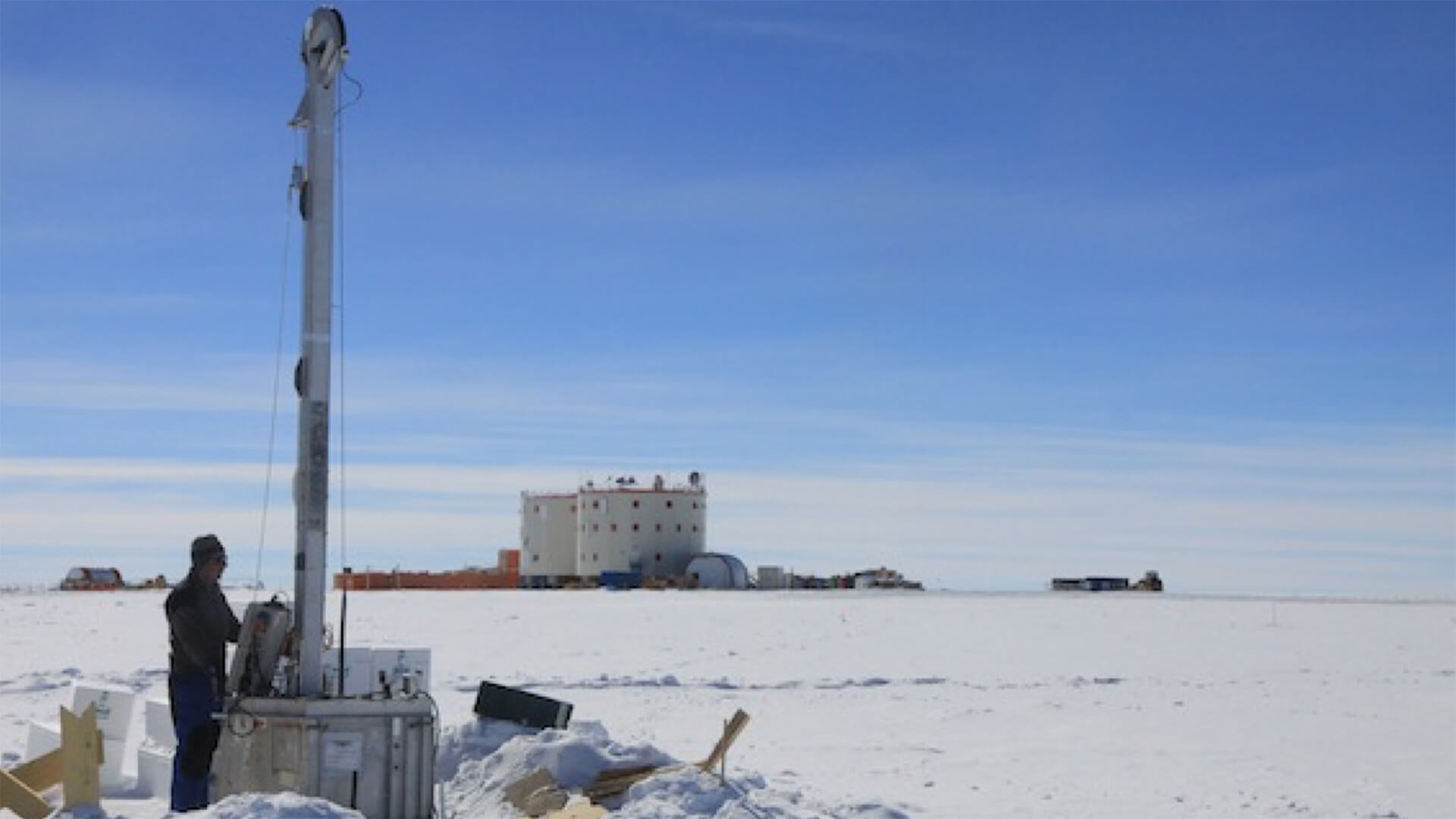- February 07, 2019
- By Matthew E. Wright
As dangerous as volcanoes appear when lava flows incinerate a neighborhood or explosively hurl rocks and dust down a mountainside, most eruptions are local events.
Occasionally, however, they are powerful enough to propel particles high into the stratosphere, an atmospheric layer that starts about six miles above the surface, affecting global climate. When this dust falls to earth, it can be captured in ice sheets in places like Antarctica and Greenland, providing a record related to short-term variations in Earth’s climate that stretches back thousands of years.
Now, researchers at the University of Maryland, the Université Grenoble Alpes in France, the Ecole Normale Supérieure in France and the Tokyo Institute of Technology have devised a more accurate system for identifying large stratospheric eruptions recorded in the layers of Antarctic ice cores.
The new method has allowed them to make important revisions to the known history of big eruptions—correcting the record on several misidentified events while discovering a few previously unknown stratospheric eruptions. The researchers described their approach, which identifies airborne volcanic particles with a specific chemical signature, in a paper published last month in Nature Communications.
“I find it very exciting that we are able to use chemical signals to build a highly accurate record of large, climate-relevant stratospheric eruptions,” said James Farquhar, a professor of geology at UMD and a co-author of the research paper. “This historical record will be highly useful for climate scientists seeking to understand the role of large eruptions in climate oscillations. But there is also the basic marvel of reading a chemical fingerprint that is left behind in ice.”
To read the record deposited in the ice, researchers drilled and retrieved ice cores, revealing eruption records that stretch back several thousand years.
The study’s lead author, Elsa Gautier from the Université Grenoble Alpes, did a significant portion of the analyses at UMD while on a Fulbright scholarship to work with Farquhar in 2013. Following Gautier’s lead, the researchers developed their method using ice cores collected at a remote site in Antarctica called Dome C. One of the highest points on the Antarctic ice sheet, Dome C is home to ice layers that stretch back nearly 50,000 years.
Gautier and her colleague Joel Savarino, also at the Université Grenoble Alpes, collected ice cores at Dome C that contain records stretching back roughly 2,600 years, covering a large portion of recorded human history.
Using the new method, they verified that many events had been properly identified with an older method of matching corresponding sulfate layers in ice cores from both hemispheres. But some events, formerly thought to be big stratospheric eruptions, did not have the telltale sulfur isotope signature, meaning that the layers were likely deposited by local eruptions.
The researchers also found some big stratospheric events that contain the isotope signature, but were somehow constrained to the Southern Hemisphere.
“This is critically important for understanding the role of volcanic eruptions on climate and possibly for understanding certain events in human history, such as widespread famines,” said Farquhar, who has an appointment in UMD’s Earth System Science Interdisciplinary Center. “It can also help to inform future climate models that will take large volcanic events into account.”
